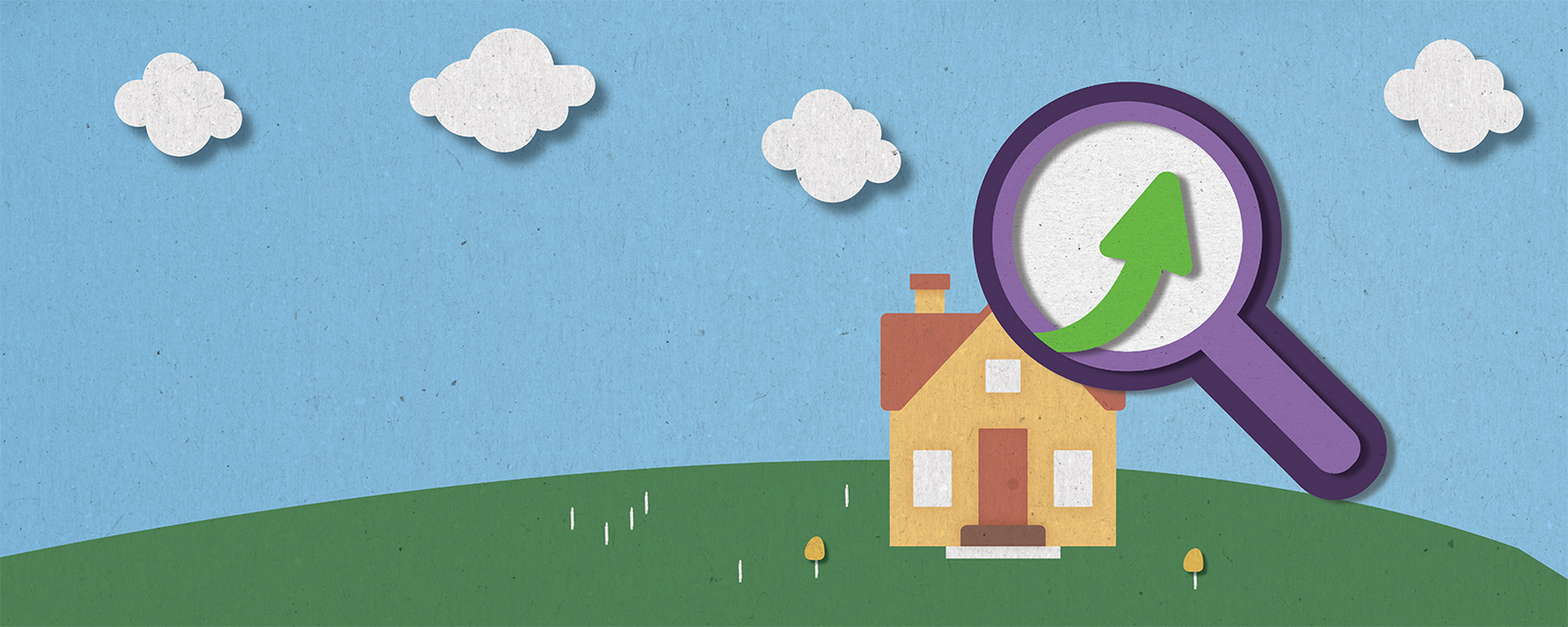


Your Mission: Lower your carbon footprint by making smarter choices when you shop!
Climate change is a BIG deal and it affects all living things on Earth. You’ve probably already heard that you can help fight climate change by driving less, protecting forests and planting trees, but did you know that you can also help by being smarter about what you buy?
Your carbon footprint is the amount of carbon dioxide (and other greenhouse gases) you create through the products you use and the actions you take.
Like you, every product has its own carbon footprint, which becomes part of yours when you use it. It’s impossible to have no carbon footprint, but you can shrink yours by making smarter choices at the store.
As part of its Climate Change Plan, Ontario Power Generation (OPG) is also working to drastically reduce its own carbon footprint. It has set out a goal to become a net-zero carbon company by 2040. And it aims to help all of Ontario reach net-zero carbon by 2050.
Together, we can help fight climate by being mindful about our own actions and the future.




